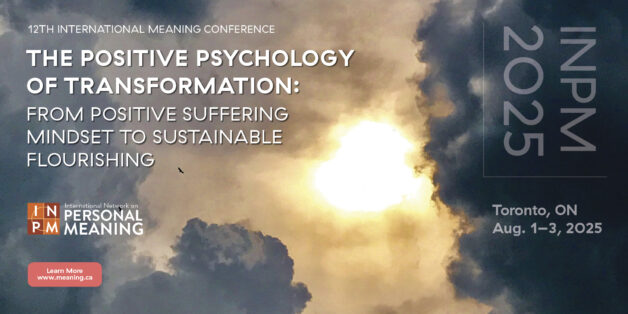In times such as these, people find themselves questioning their futures. Many people are worried about their rights, the state of the economy, their ability to pay for future expenses, and, most of all, their own inner happiness. As counselors, therapists, and other mental health professionals encounter these issues with clients, one theme appears to connect them all: lack of hope. For clients, a lack of hope affects both their sense of inner peace and wellbeing. This leads mental health professionals to question how they can help clients find hope.
The definition of hope changes depending on the person. Some see hope as being entirely tied to spirituality, meaning they believe good things may happen with faith. These individuals may direct their hopes outward through prayer. Others may view hope as looking on the bright side and seeing challenges as opportunities. Regardless of who you ask, hope means a desire for things to change for the better (Hope Grows, 2018). As the author Fyodor Dostoevsky once said, “To live without hope is to cease to live” (Dostoyevsky & Cockrell, 2018, p. ?). Thus, one may question how does one foster hope. There exists a multitude of answers. Every person may have their own unique approach to manifesting hope. Viktor Frankl believed that regardless of the circumstances of the situation, there exists one part in each one of us that allows us to overcome the most difficult and tragic conditions: our own minds (Ianzito, 2020). The hopes, dreams, and imagination of clients are up to them, despite their difficult circumstances. Frankl found that it is our perspective on life events–what we make of them–matters as much or more than what befalls us. He believed that fate is what happens to us beyond our control, but we each hold responsibility for how we relate to these events (Ianzito, 2020). Thus, this leaves mental health professionals with a goal that can be used with every client that suffers from a lack of hope. Mental health professionals are tasked with helping clients reorient their perspectives on both current and past issues. This reorientation may involve reconstructing events in more positive terms, highlighting unseen benefits, and adopting an optimistic outlook on the future. Each professional may have their own method on achieving this reorientation. What matters most is that Frankl provides us all with a goal to keep in mind.
To achieve inner peace, one needs hope. Hope, zest, and gratitude are all primary facets of inner peace. Zest and gratitude are two states of being that an individual may adopt through a journey of self-discovery, while hope is something that many people have trouble finding and keeping. Frankl believed that the human mind provides everyone with the ability to achieve greatness. It is through the work of counselors, therapists, and mental health professionals that clients may learn how to foster hope within their own lives and project it out onto the world.
References
Fyodor Dostoyevsky, & Cockrell, R. (2018). The house of the dead. Alma Classics.
Hope Grows. (2018, December 22). Why Is Hope So Important? | Understand The Deeper Meaning Of Hope. Hope Grows. https://hopegrows.net/news/why-is-hope-so-important
Ianzito, C. (2020, May 11). Viktor Frankl inspires readers to say “yes to life.” AARP. https://www.aarp.org/entertainment/books/info-2020/viktor-frankl-yes-to-life-excerpt.html

 Meaning Conference 2025 will be the INPM’s first in-person conference with a virtual option after the pandemic.
Meaning Conference 2025 will be the INPM’s first in-person conference with a virtual option after the pandemic.